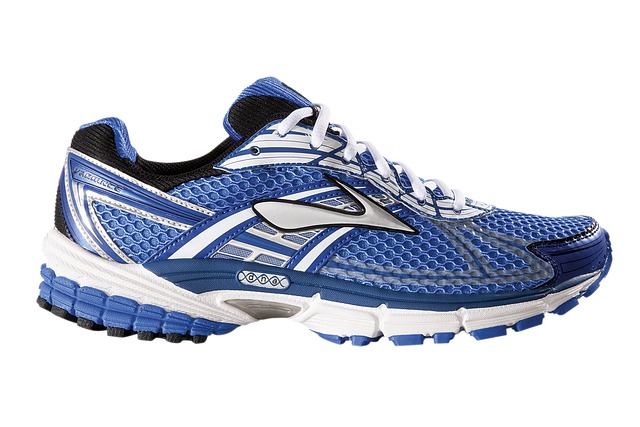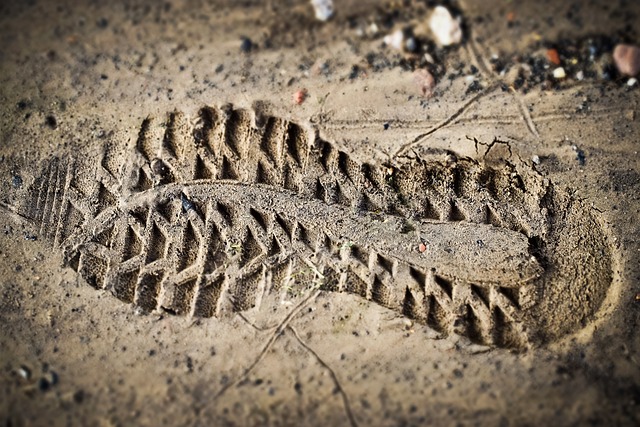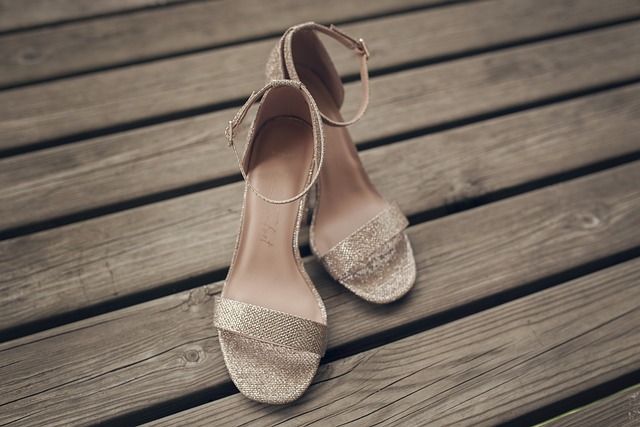The Impact of Biomechanics on Fashion
In a world where fashion is not just about aesthetics but also about functionality, the intersection of biomechanics and fashion is becoming increasingly significant. As we navigate through our daily lives, the way we dress should seamlessly blend style, comfort, and movement, reflecting not only our personal style but also our physical capabilities.
Biomechanics, the study of the structure and function of biological systems, offers critical insights into how our bodies move. This understanding is revolutionizing the fashion industry, leading to the creation of garments that enhance performance while maintaining elegance. Imagine wearing an outfit that moves with you, supporting your every action without restricting your natural body movements. This is the future that biomechanics promises.
One of the most exciting developments in this area is the rise of athleisure, a fashion category that combines athletic wear with casual comfort. Biomechanical principles guide the design of these garments, ensuring they provide the support necessary for various activities while still looking chic. From high-waisted leggings that offer support and flexibility to sports bras that are cushioned yet stylish, the integration of biomechanics in everyday wear is making a significant mark on the fashion landscape.
Moreover, fashion brands are increasingly recognizing the need to accommodate diverse body types. By leveraging biomechanical research, designers can create clothing that enhances body movement and encourages a sense of empowerment. Tailored pieces that consider muscle patterns and range of motion not only serve practical purposes but also elevate a wearer’s confidence, allowing individuals to express their unique styles with ease.
The impact of biomechanics goes beyond clothing, extending to footwear as well. Shoes designed with biomechanics in mind offer optimal support and comfort, adapting to the wearer’s movement rather than constraining it. This ensures that individuals can enjoy their day-to-day activities without suffering from discomfort or injury, all while staying fashionable.
As the dialogue between biomechanics and fashion continues to evolve, the industry is being challenged to innovate further. Sustainable materials that also consider biomechanical principles are becoming more commonplace, allowing designers to create eco-friendly garments that do not sacrifice performance. This balance between environmental consciousness and user-centric design is paving the way for a more responsible and versatile fashion future.
As we embrace these advancements, it becomes clear that fashion is not merely about fabric and design; it is about understanding the human body and how it interacts with the world. The integration of biomechanics into fashion reminds us that style should inspire not just admiration but also comfort and functionality, allowing every individual to express themselves freely and boldly.




